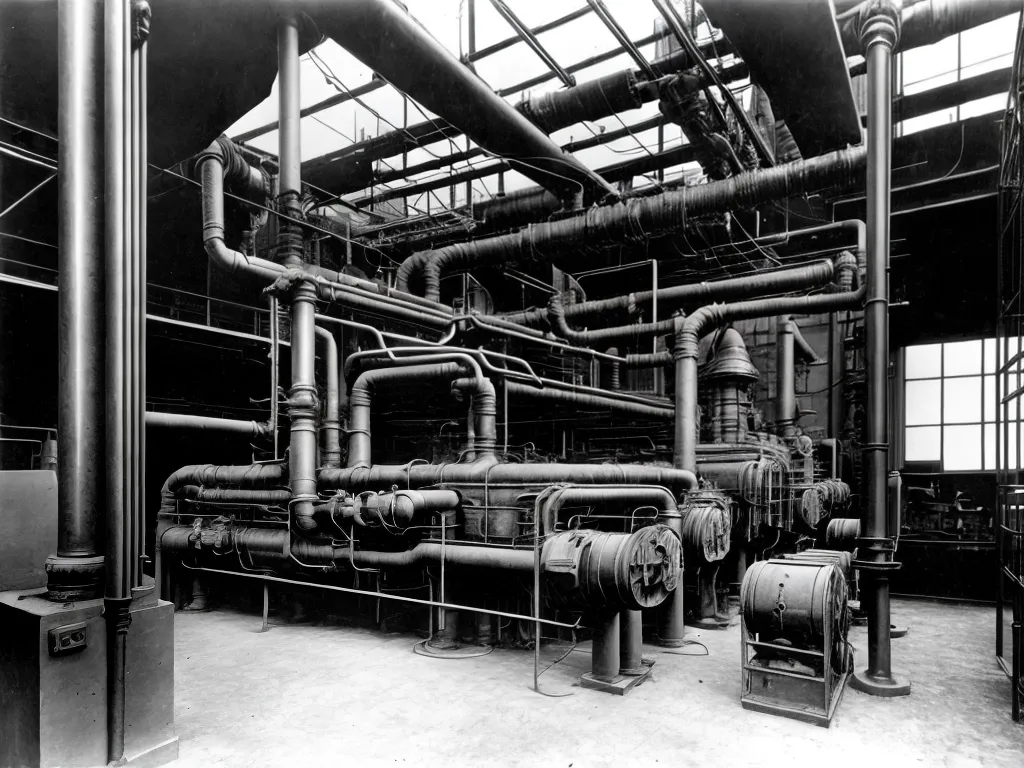
Obscure Aspects of 1920s Industrial Power Distribution Regulations
Introduction
The 1920s were a pivotal time for industrial development in America. As factories and cities grew rapidly, new regulations were needed to manage industrial power distribution safely and efficiently. While this decade saw great progress, some of the more obscure aspects of these regulations are not widely known today. In this article, I will delve into several lesser-known facets of 1920s industrial power regulations.
Monitoring Equipment Requirements
One obscure regulation related to monitoring equipment for power systems. In the early 1920s, there were no federal standards for what types of meters and sensors were required to monitor industrial electrical systems. This led to inconsistent and potentially unsafe practices. However, in 1926 new regulations stipulated that accurate voltmeters and ammeters must be installed in all factories and facilities with electric power above a certain threshold. While mundane, this requirement significantly improved safety and oversight.
Specific requirements were also enacted regarding the calibration and maintenance of this monitoring equipment. Meters and sensors had to be periodically calibrated and their condition logged. If equipment was found to be inaccurate or faulty, facility managers faced penalties. These meticulous equipment guidelines may seem mundane today, but they represent important early efforts to regulate power distribution.
Emergency Systems
Another lesser-known regulation related to emergency systems in industrial facilities. At the time, many factories and plants lacked adequate backups if their electrical systems failed. When outages occurred, it often resulted in injuries and significant disruption. To address this, new standards were introduced requiring emergency power sources like diesel generators along with regular testing. Facility managers were also required to develop robust emergency response plans to be approved by regulators.
While mundane on the surface, these requirements fundamentally improved industrial safety. Outages and electrical failures could be managed in an organized way rather than resulting in chaos. The regulations show increasing maturity in understanding complex power distribution systems.
Record Keeping and Reporting
One of the more tedious but important regulations involved standardized record keeping and reporting related to industrial electrical systems. Prior to the 1920s, there was little oversight or transparency. Facilities operated and managed electrical systems however they saw fit. The new regulations required detailed monthly and annual reports to be submitted to regulators documenting all aspects of power usage, disruptions, and issues.
While boring to compile, these records allowed much greater visibility into the safety and reliability of industrial power networks. They also ensured issues were detected and addressed proactively. Meticulous record keeping and reporting may not seem significant, but they underpinned major improvements in accountability and oversight.
Innovation and Impact
While largely forgotten today, these obscure 1920s industrial power regulations represented meaningful progress. The focus on monitoring equipment, emergency systems, record keeping, and reporting improved safety and oversight significantly. Tedious as they seemed, the regulations showed a sophisticated understanding of electrical systems. The incremental gains during this decade paved the way for the more comprehensive reforms and standards that would follow in later years. Obscure or not, these regulations marked an important milestone in the evolution of industrial power distribution.